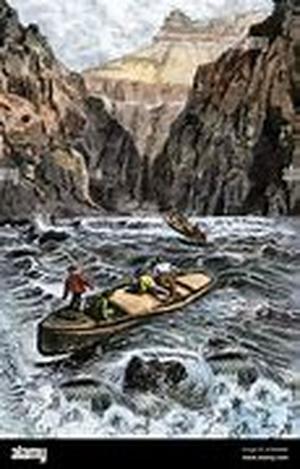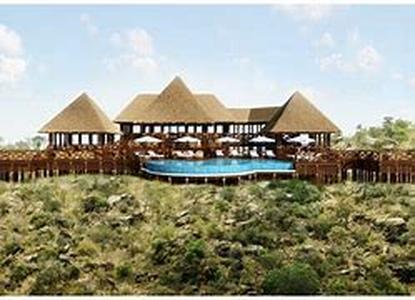
Well, They All Look The Same To Me. Maybe Not To The Lizard Experts Or To Those Who Pay Exceptional Attention To These Creatures, And Who Am I To Argue? Eumeces Longirostris Is The Scientific Name Of Bermuda Rock Lizard. This Is Bermudas Most Prevalent, Non-flying And Non-swimming Vertebrate Since The Arrival Of The European Colonists. The Bermuda Rock Lizard Is Otherwise Known As Bermuda Skink. Its Fossil Bones Dates As Far Back As 300,000 Years Were Found In Limestone Caves. Rainwater Is Entirely The Source Of Freshwater In Bermuda. Thus, The Lack Of Natural Freshwater Sources Like Ponds And Lakes Has Forced Bermudas Amphibians To Adapt To Seawater And Other Salty Water Sources. The Bermuda Rock Lizard, The Most Popular Member Of The Island Reptiles, Exists Mainly On Some Of The Smaller Islands And Is Restricted To Pockets Of Coast. The Skink Has Been On The List Of Critically Endangered Species. This Bermuda Native Has Been Continuously Threatened By Habitat Destruction, Predators Such As Cats And Rats, Which Are Introduced By Humans. The Bermuda Rock Lizard Is Driven Into An Endangered State Due To The Human Litter And Trash That Are Eventually Destroying Their Natural Habitat.The Bermuda Rock Lizard Is One Small Reptile That Has Vigor. Its Skin Is Shiny With Very Prominent Scales. Adults Have Dark Brown Or Black Color On The Back And Are Lightly Gray Under. The Hatchlings Have A Light Bronze Color With A Cream And Black Stripes At The Sides. The Sky Blue Tail That Fades Into A Brownblack Color With Age Is A Characteristic Of The Hatchlings. The Female Bermuda Rock Lizard Retains Its Stripes Longer Than The Male Does. However, Both Sexes Gradually Turn Dark With Time. The Male And Female Bermuda Rock Lizard Are Said To Look Exactly The Same. But It Has Been Fairly Observed That The Male Possess A Wider Head Relative To Its Neck.There Are Very Little Facts Gathered About The Bermuda Rock Lizard. But Research Has Found It To Have A Fancy For A Range Of Insects Which Includes Beetles And Cockroaches, And Sometimes Even The Fruit Of The Pear Cactus. The Skink May Be Found Clawing Their Feet Under Rocks Or In The Soil In Search For Food. Sometimes, They Can Bee Seen Just Sitting Down, Waiting For A Prey To Pass By. Lizards May All Look The Same. Although, One Very Important Fact About The Bermuda Rock Lizard Is That, Unlike Other Lizard Species, It Does Not Climb Plants Or Trees. Instead, They Have A Thing For Rocks And Stone Walls. And That Lizard On Your Kitchen Wall Is Most Probably Not The Skink Either, Unless Of Course Youre In Bermuda.





